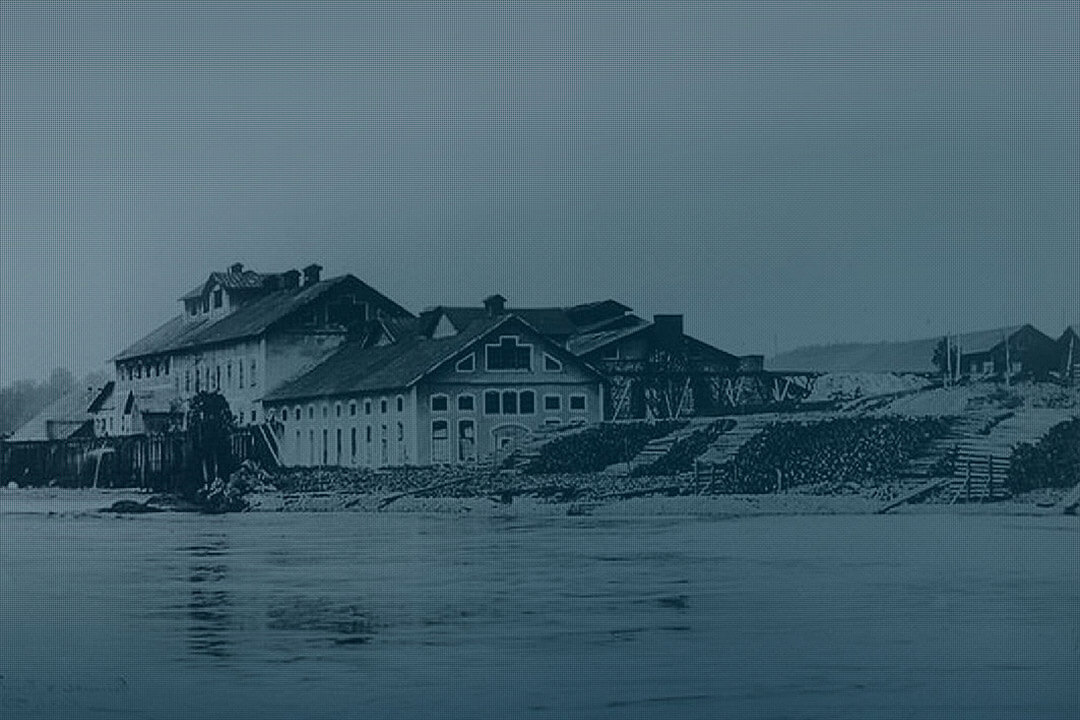
Johan Karlström, son of the Mayor of Karlstad and Börjesson’s nephew, starts to build Stjärn’s trip hammers, later Stjärnsfors Workd, and settles at the same time on land owned by the nobility situated where the river Uvån meets lake Rådasjön and which from then on was given the name of Uddeholm, one of Värmland’s largest farms at the time.
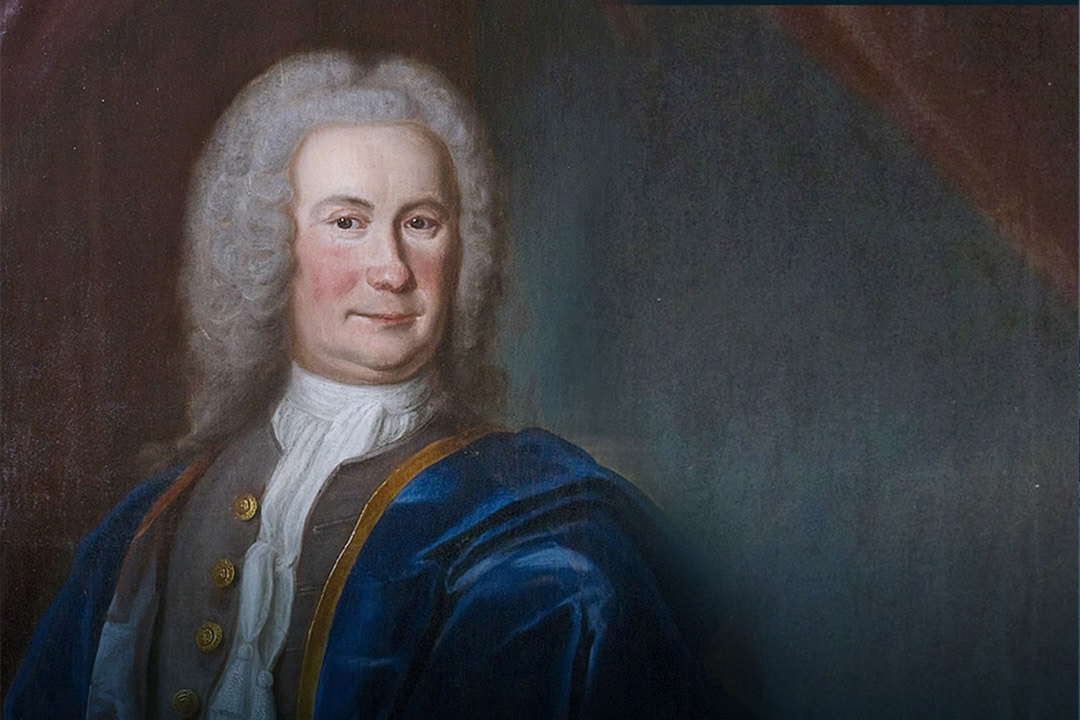
Bengt Gustaf Geijer from Bosjön was out riding one day and immediately saw the potential in the farm and the company, which for some years after Karlström’s death in 1691 had more or less fallen into disrepair due to difficult times. At first Geijer lease Uddeholm’s farm.
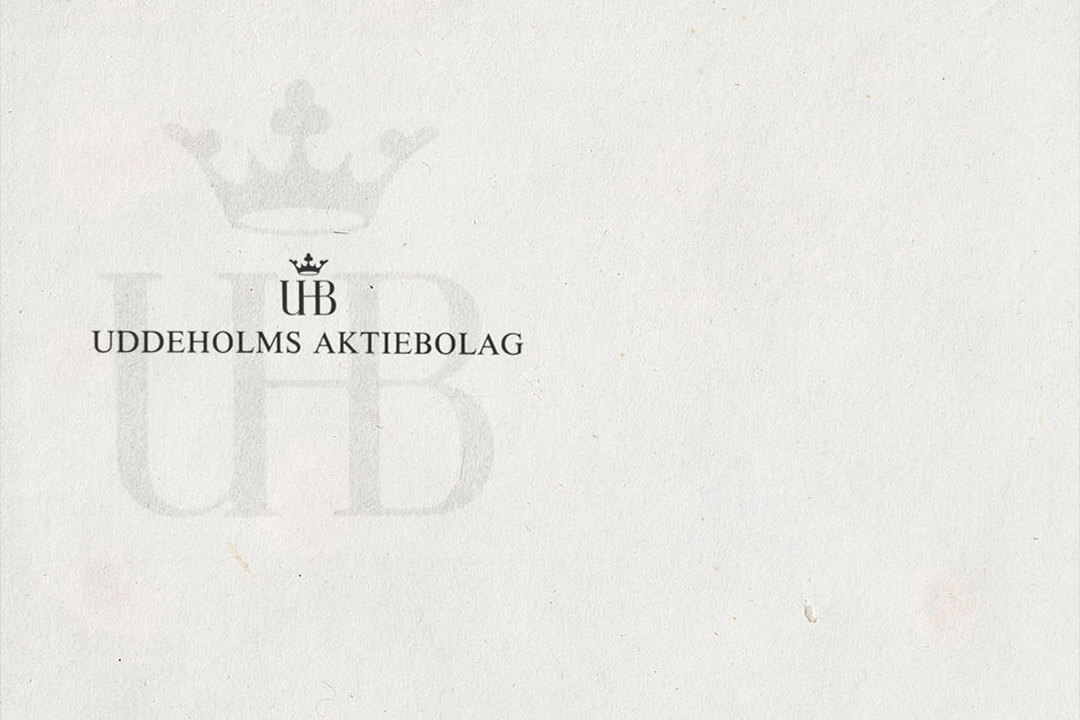
Geijer and his new wife Lovisa Sofia Tranea buy the manor house as well as the woods, the waterfalls and the hammers. In the same year he also founds the company Uddeholms Bolag (Uddeholm’s Company). Over the next 20 years, he and his wife build Uddeholm into one of the bigger iron producers in Sweden. Several blast furnaces and hammers are set up: Stjärnfors, Geijersholm, Gustavsfors, Uvanå, Uddeholmshyttan and Traneberg, plus others.
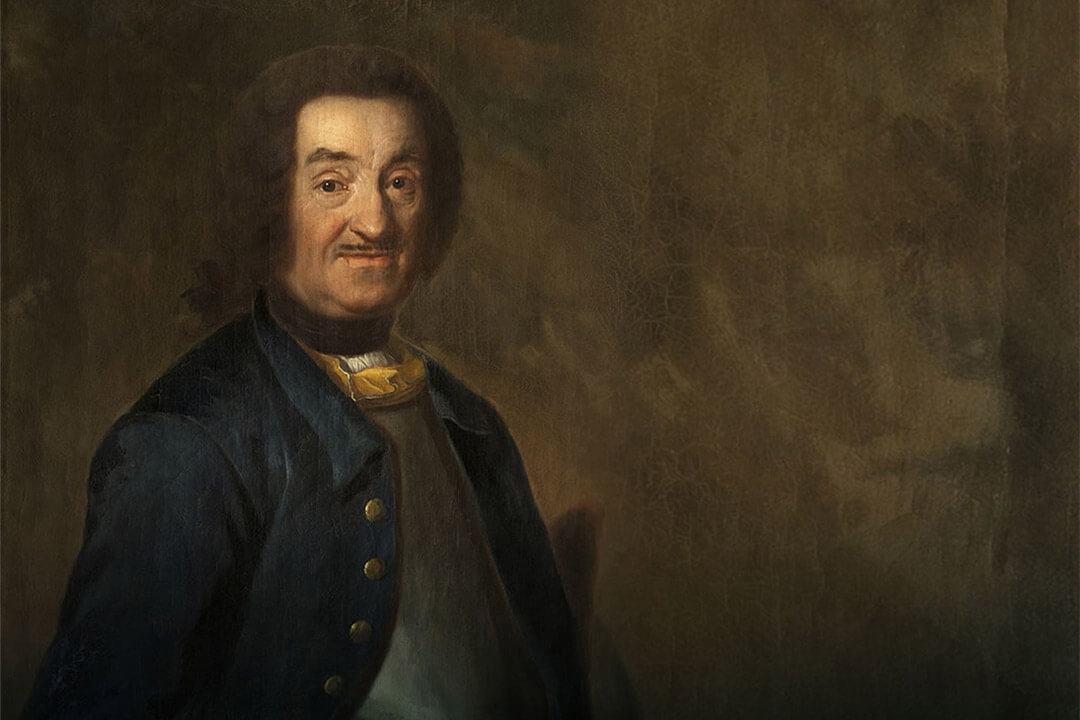
Bengt Gustaf and Lovisa Tranea knock down the first manor house and replace it with a newer, larger and more modern, Uddeholms Manor House no 2. Johan Eberhard Carlberg was given the task of designing the manor house for Uddeholm. He was also asked to design the upper secondary school in Karlstad, as well as a new steeple for Karlstad Cathedral and one for Väse Church not far from Karlstad. Otherwise Carlsberg is best known for his other constructions, for example in 1727 he took the Slussen lock area in Stockholm which was in dire need of modernisation.
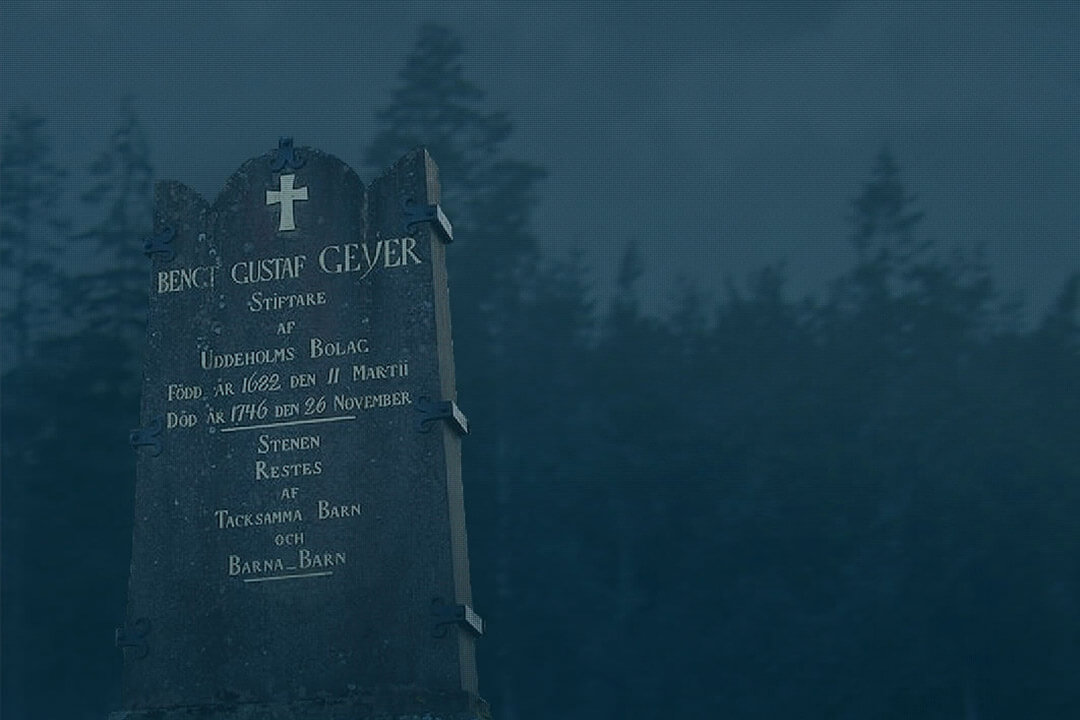
Bengt Gustaf Geijer dies, but before his death he writes a will which guarantees that the company will be kept together within the family even after his death and therefore cannot be split up among the many heirs.
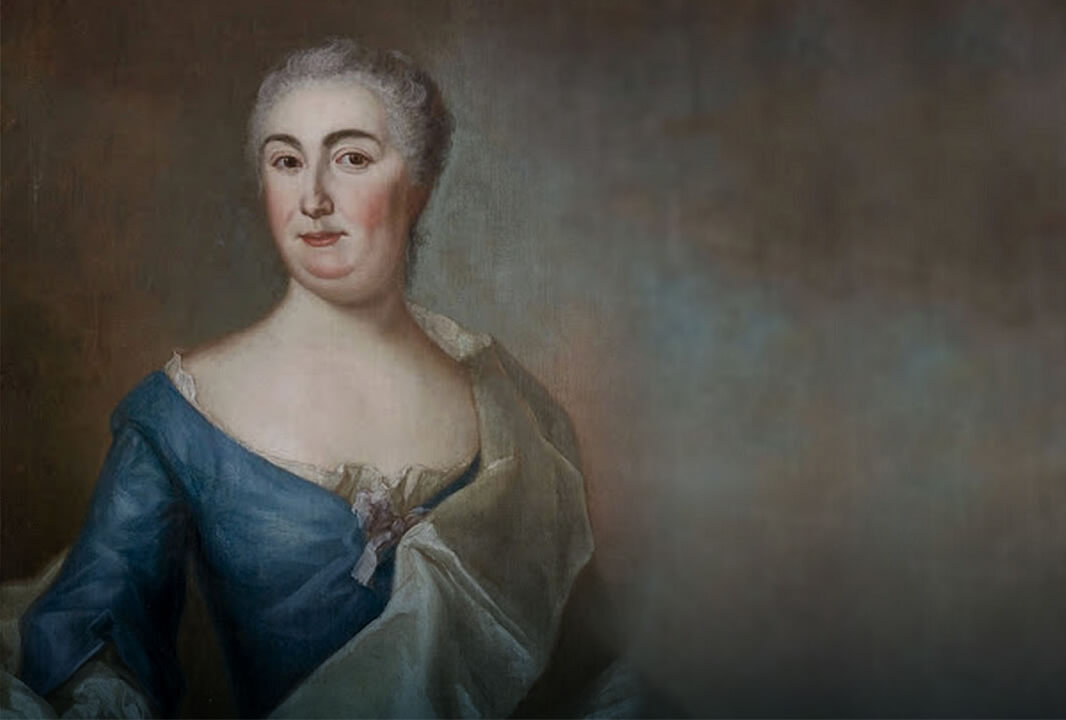
His wife Lovisa Sofia Tranea also dies. In the last four years after Bengt Gustaf’s death, she became one of Sweden’s first ever female business executives, and by herself led Uddeholm’s development while also bringing up the ten children they had together, of whom 9 survived. The eldest son Jan Gustaf becomes the managing director of Uddeholm. But he is not actually interested and tires of it after three years and moves south towards Ransäter which is now called Geijergården.
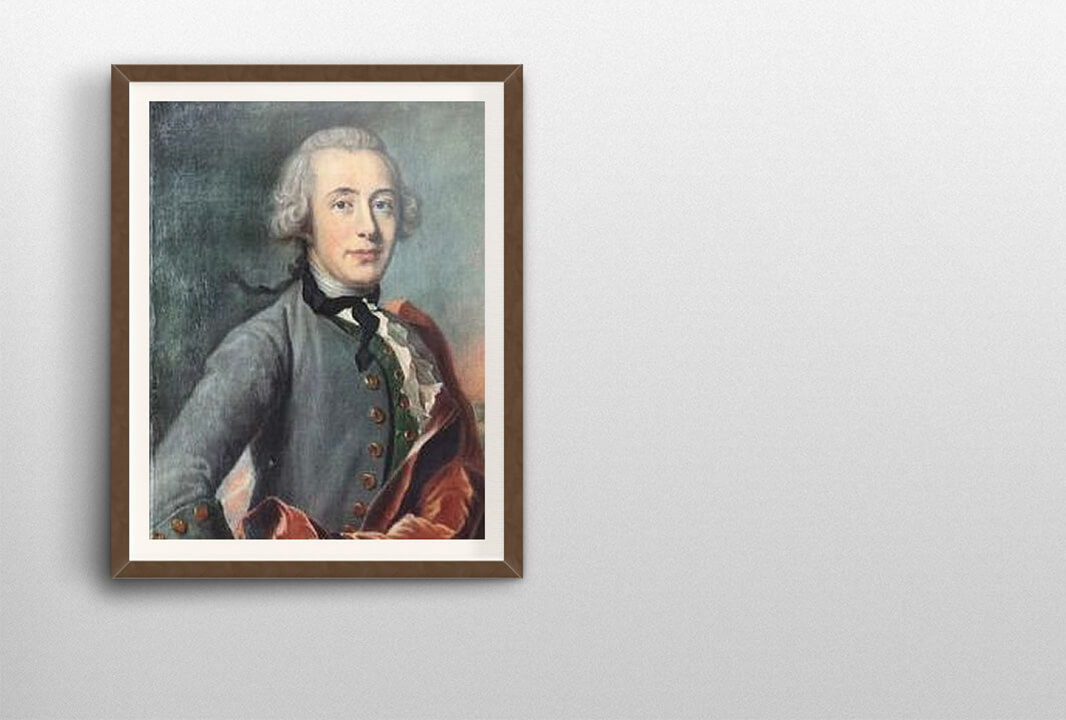
Emanuel Geijer, one of the younger brothers, supersedes his older brother who had moved to Ransäter. Uddeholm’s company continued to be run by children and grandchildren of the Geijer family up to 1829. Emanuel was raised to the peerage later in life with the name Emanuel af Geijerstam thanks to his contact with King Gustav III.
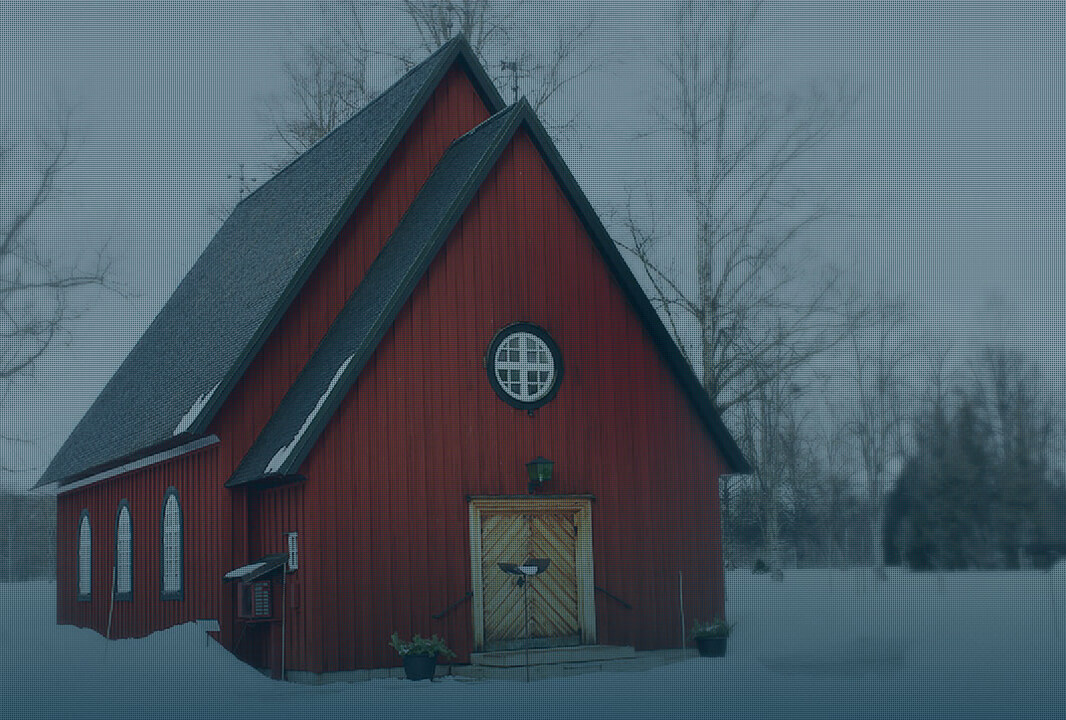
The old 17th century church in Norra Råda was moved across Lake Rådasjön and rebuilt as new corn store for the manor house. in 1960 the building was renovated again and returned to ecclesiastical use a today’s Uddeholm’s chapel.
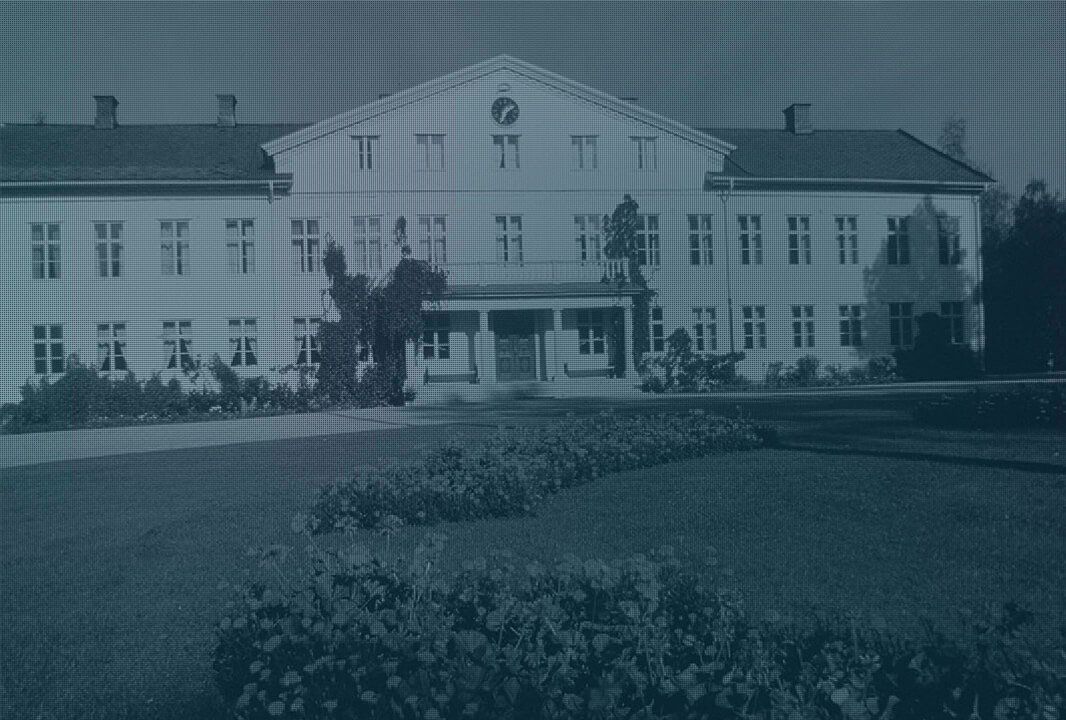
The construction of Uddeholm’s third and current manor house starts. It was not completed until 1825, mainly because the company lacked the financial resources during this period which dragged out the construction process.
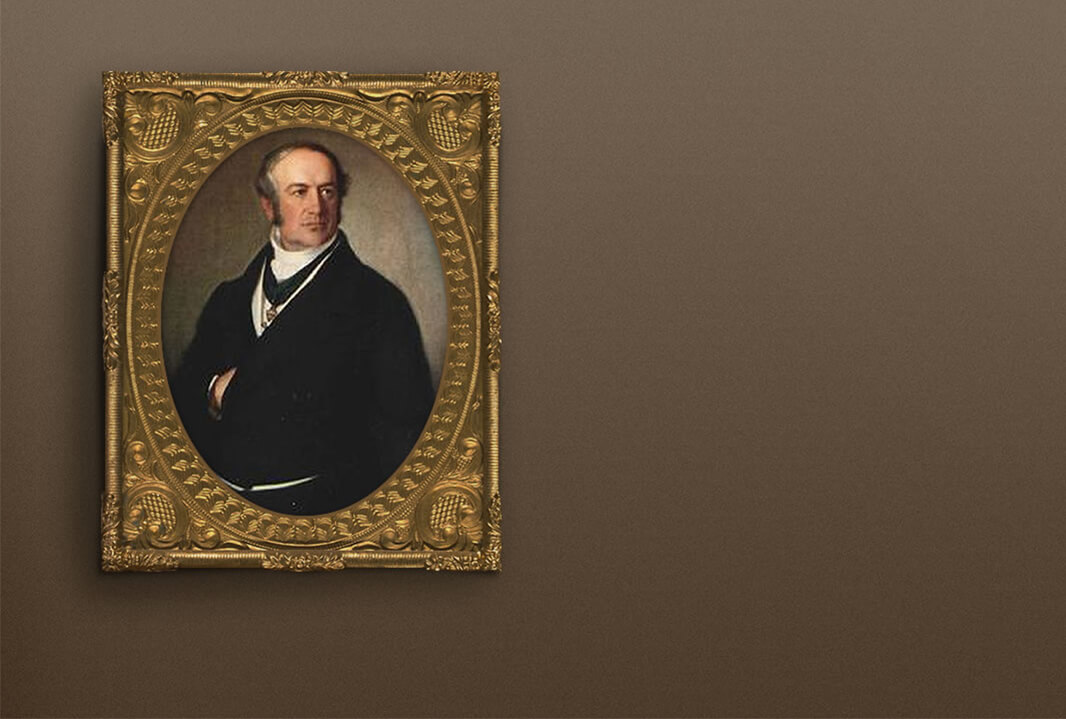
Jonas Waern joins Uddeholm’s Company. He was the first person in more than 100 years who was not a Geijer and, in light of the existing will, this obviously caused a problem, although this was quickly resolved by Waern marrying one of the Geijer girls. Waern was a pioneer who promoted large-scale production and streamlining. He saw the possibility of using hydropower to develop the industry and was among those who laid the foundation for the new industrial Sweden and therefore also today’s modern Uddeholm.
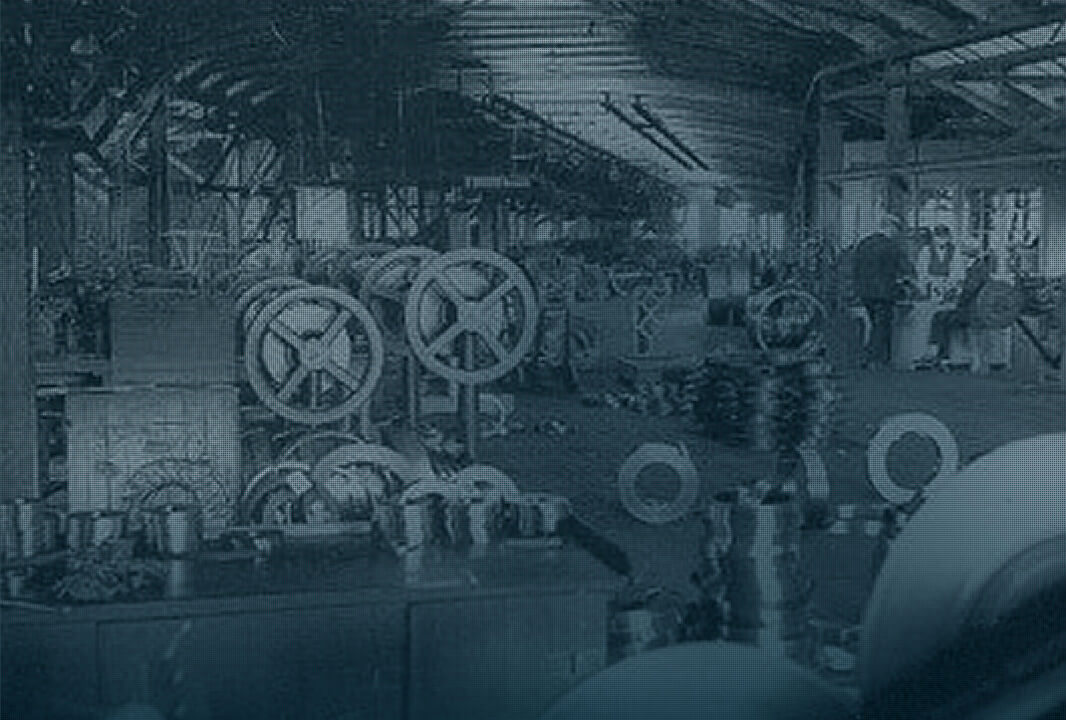
Waern aquires Munkfors Works and incorporates it with the other steel operations. Also during the 1830s the first ever school is built in the district in Stjärnfors, since early in Waern had seen that the only way of addressing social deprivation was to introduce compulsory education for children and young people. Since education did not become compulsory nationally in Sweden until 1842, Waern’s ideas were groundbreaking and he received a lot of support from his administrator, Torsten Rudenschöld, who also saw how the often one-sided and physically intense work at the plant wore the worker’s bodies out. Rudenschöld therefore also had a gymnasium built (Sweden’s first) in Stjärnfors where workers, children and housewives could take exercise. Rudenschöld stayed just three years at Uddeholm, after which he moved away to continue his life’s work of preaching education and health. Today, he is therefore seen as one of the forefathers of Swedish elementary schools.

Waern lets one of the young engineers working for the company, EG Danielsson, take the boat to America to market Uddeholm and company’s product range. Danielsson returned a year later with several contracts with new customers from across the pond. We can still thank him today for putting Uddeholm’s name on the map outside Europe. In 1855 EG Danielsson became the managing director of Uddeholms AB.
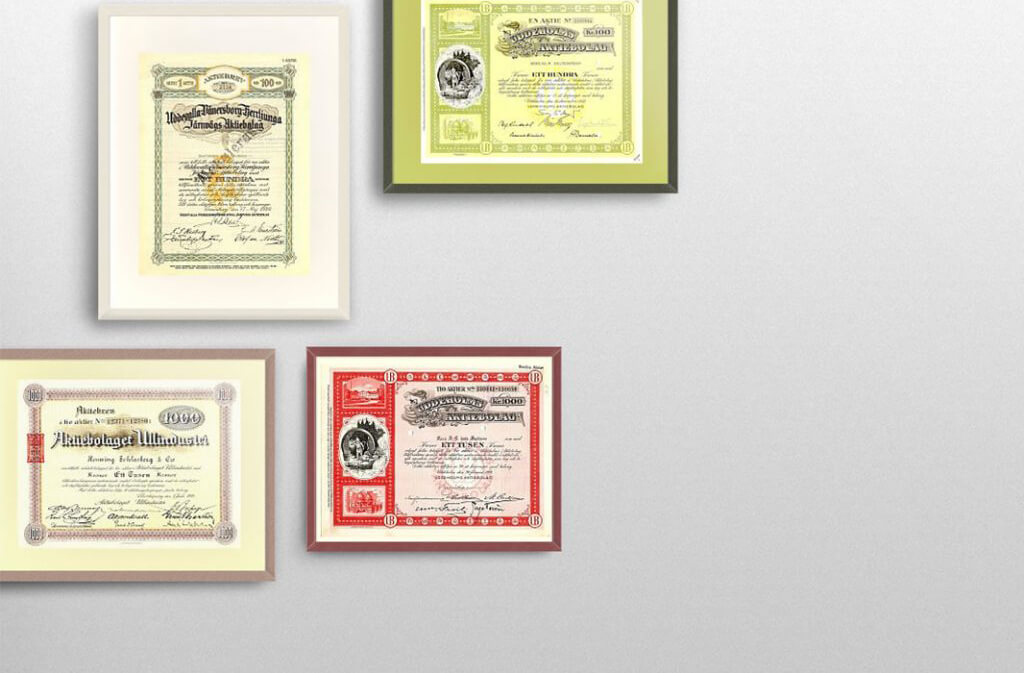
The former family company Uddeholm is
re-formed as a public share company.

And after several years of construction work, the blast furnace pipe is filled for the first time at the new ironworks in Hagfors. Over the years this was to become the heart of Uddeholm’s steel operations. Managing director EG Danielsson not only sets up this new Hagfors ironworks which came to replace the many small hammers and blast furnaces, he also establishes a railway, NKIJ-banan, as a way of modernising transport and the opportunity of exporting both forestry products and iron and steel.
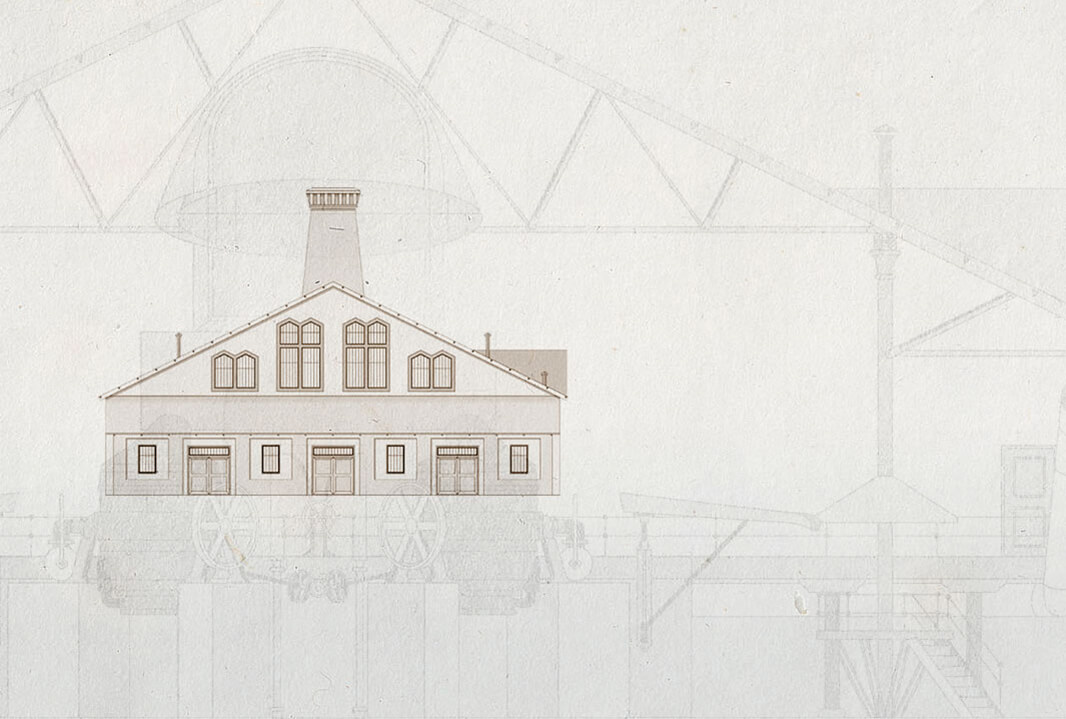
The first Bessemer blowing process is carried out at Hagfors ironworks.
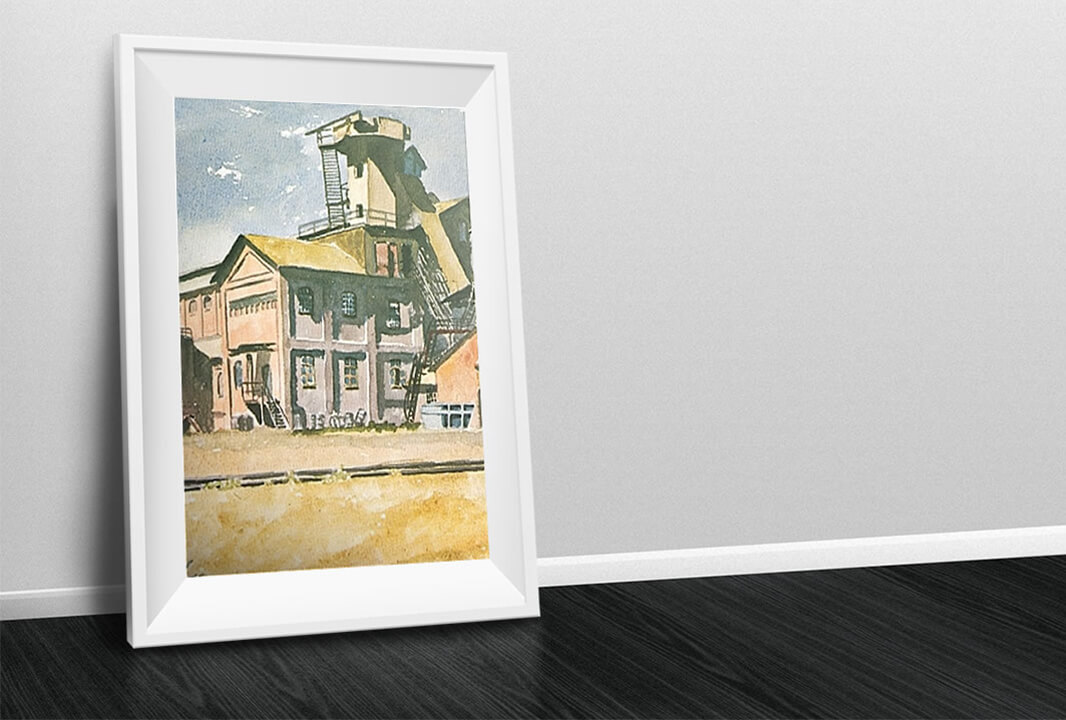
The new cogging mill is completed and a year later a srew factory as well as a nail factory and open hearth furnace are constructed.
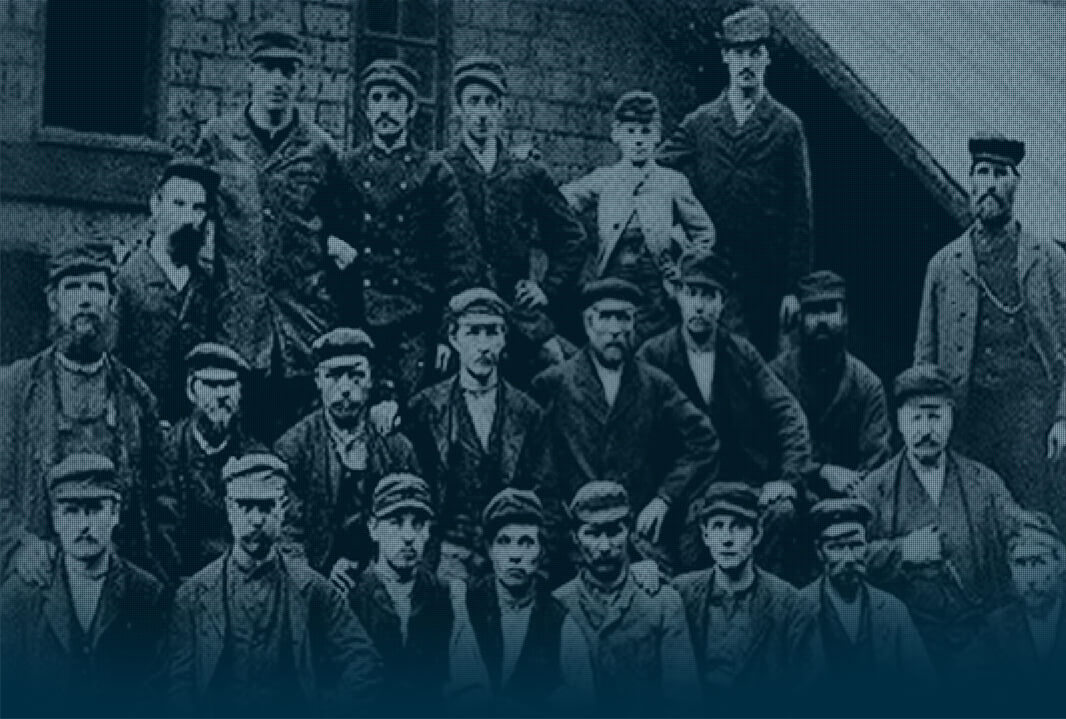
Uddeholm AB has a foundry built at the new factory in Hagfors which is now growing rapidly. A 2.5 tonne steam hammer would ensure the iron and steel were forged into rods of the required hardness. This laid the foundation for today’s forging centre for tool steel from Uddeholm.
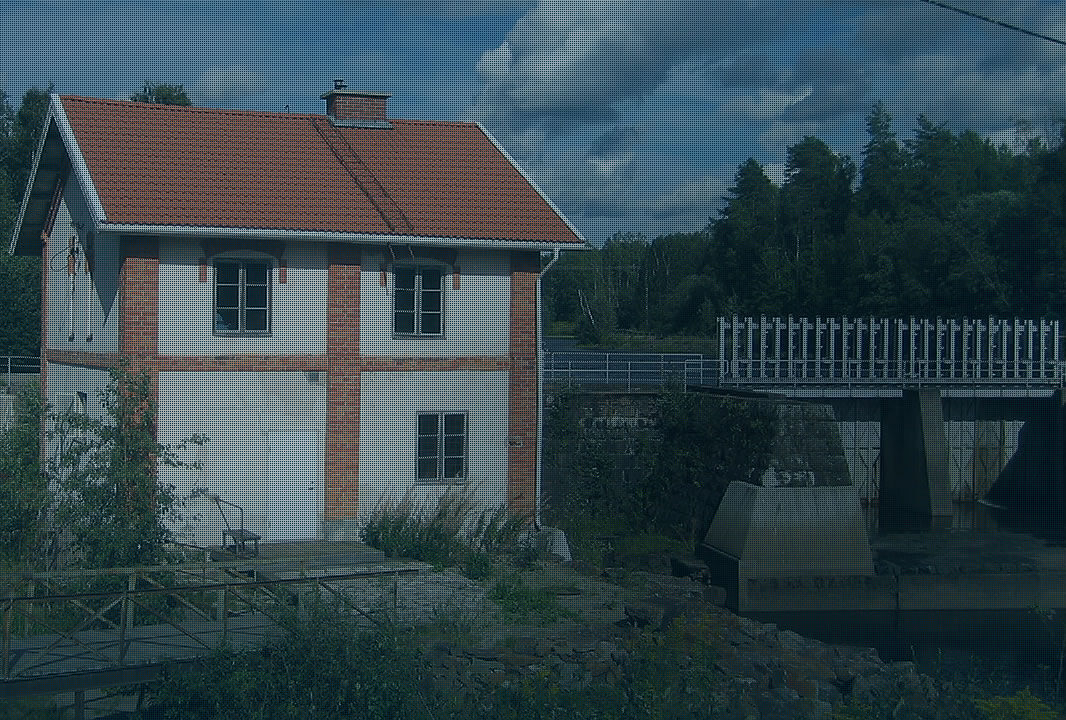
The first power station is built at the upper dam in Stjärnfors, between lake Värmullen and the river Uvån. The output is 400 horsepower and voltage 3000 volts.
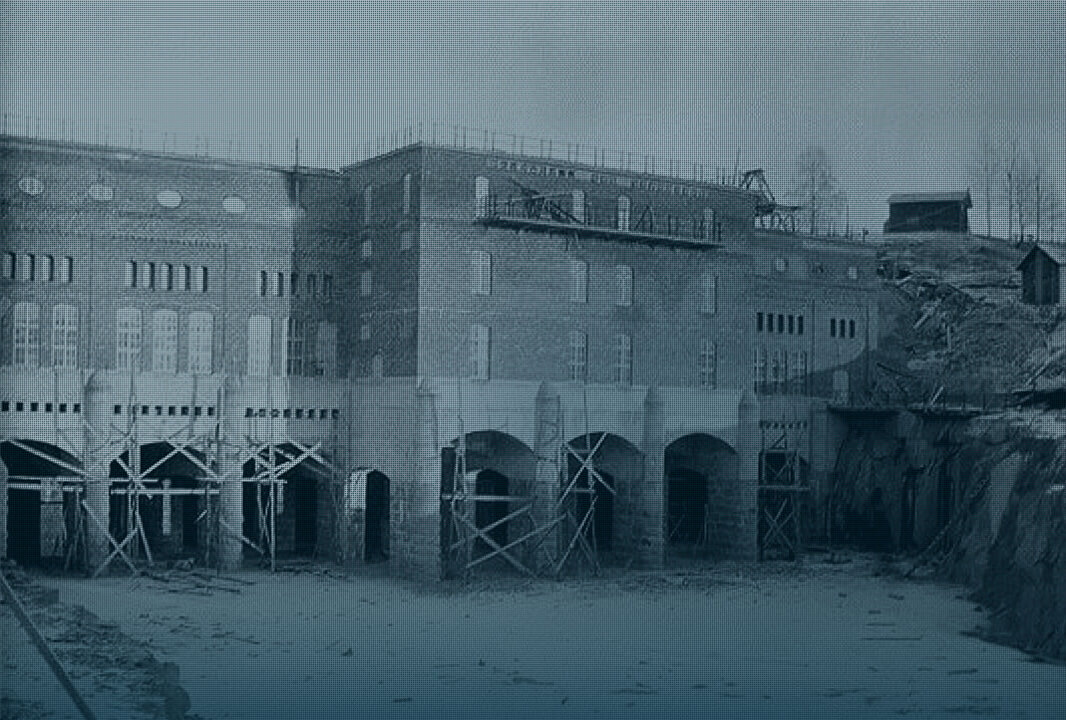
Forshult power station, the first hydroelectric power station, is built in Klarälven, which thanks to its size helps enable the whole of the ironworks in Hagfors to be electrified.

And during the following years work intensifies on building up Uddeholm’s unique international sales organisation around the globe.
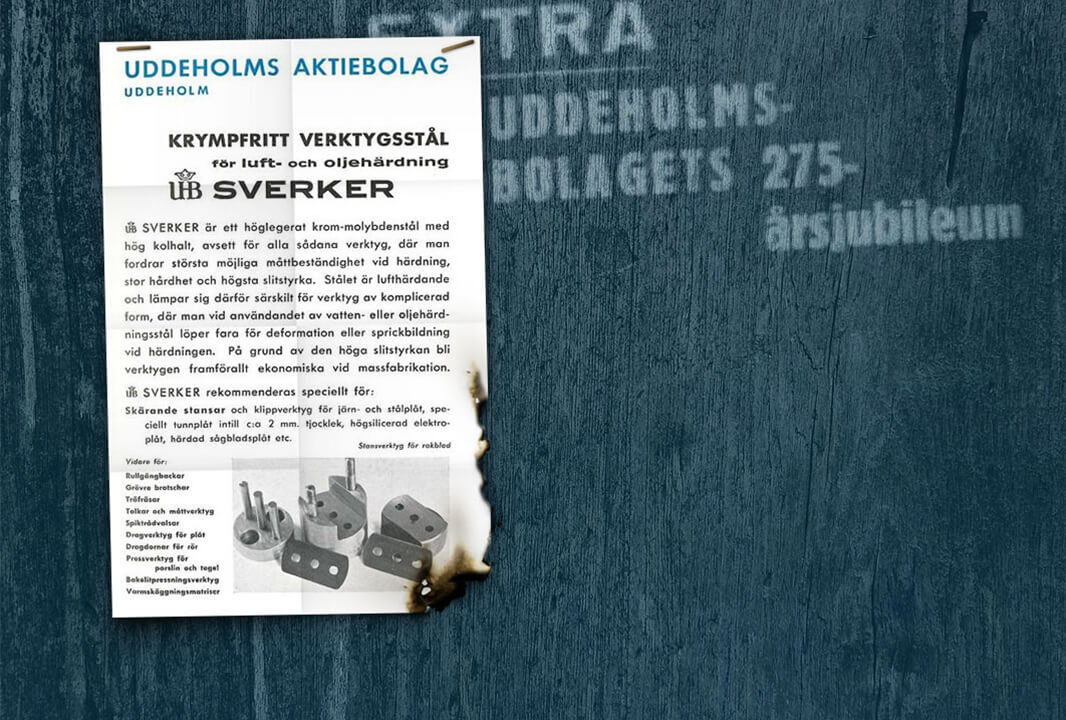
The second world war is ravaging Europe but in neutral Sweden there is peace. Uddeholm inaugurates a new forging press and celebrates its 275th anniversary. Guests of honor, local managers and employees gathered for a big feast which people still talk about – but not for what one may expect. Because of bad moose meat the normally idyllic city of Hagfors suffered from stomache desease of epic proportions.
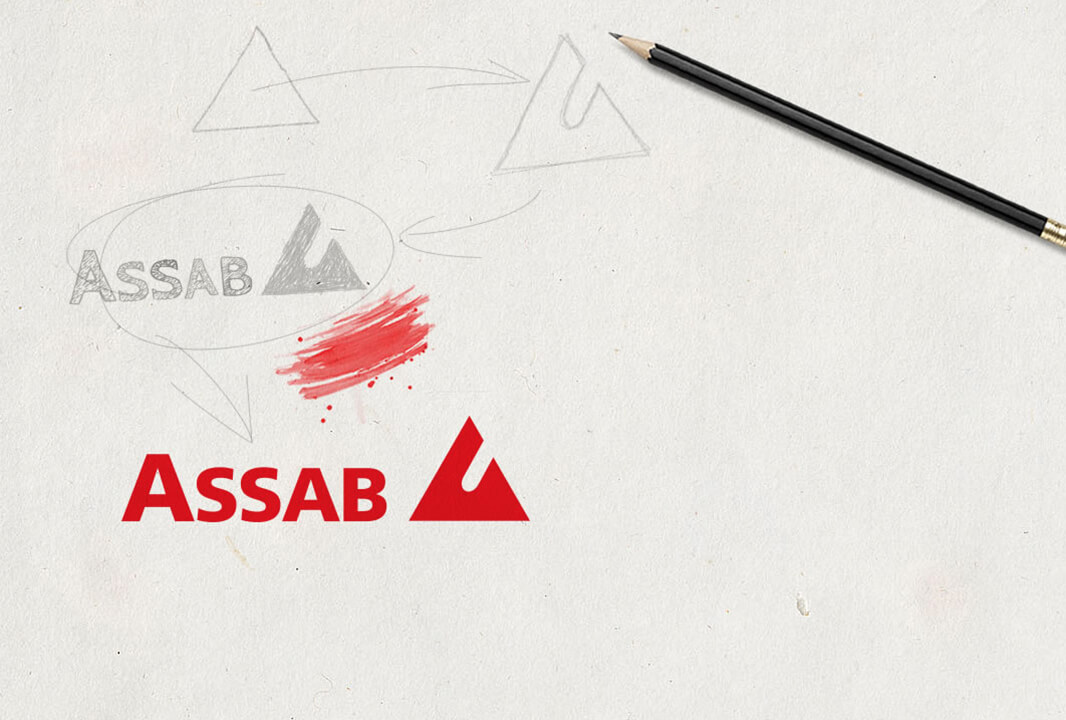
ASSAB, Associated Swedish Steel AB, is formed from the four cooperating Swedish steel producers Uddeholm, Fagersta Bruks AB, Hellefors Jernverks AB and Sandvikens Jernverks AB with the aim of jointly exploiting the opportunities to develop business in Asia east of Burma, Africa and in Latin America. In 1976 Uddeholm bought the others out and ASSAB thus became a wholly-owned subsidiary of Uddeholm.
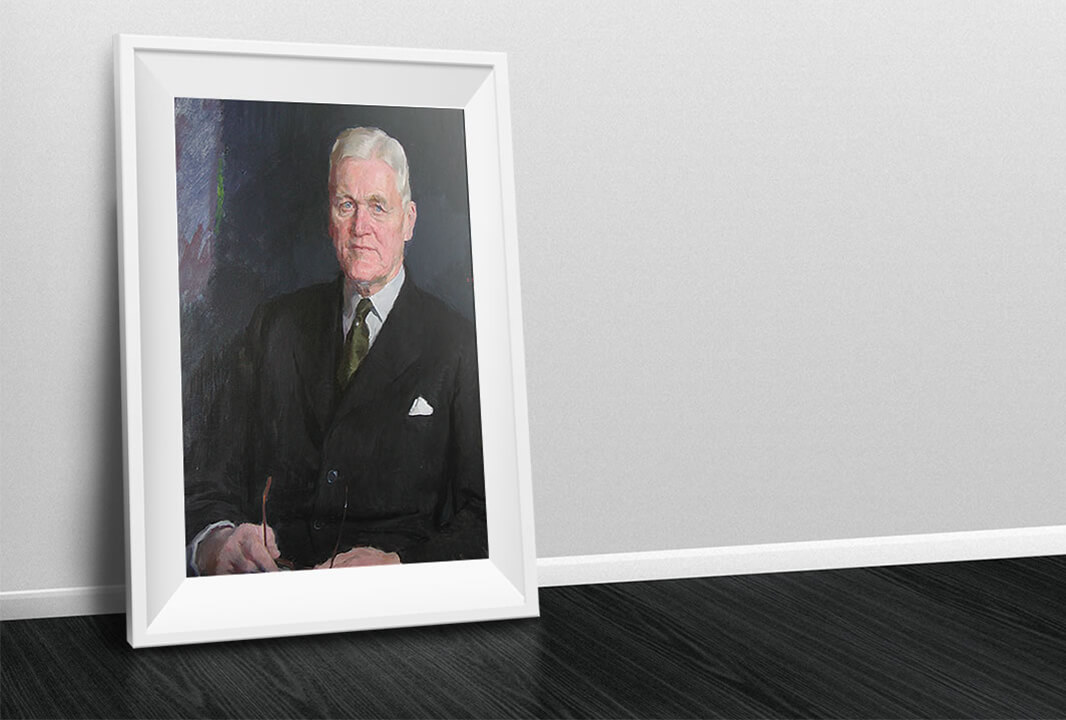
At the AGM in Karlstad on 11 June an ongoing conflict between the CEO Nils Danielsen and the board’s chairman was finally resolved. Danielsen had refused to go along with the board’s idea of winding up the ironworks in Hagfors. The board wanted to concentrate all steel production in Storfors which Danielsen had opposed. Despite requests Danielsen had also refused to depart and at the AGM the conflict was finally resolved with a vote of confidence in Danielsen’s favor. Hagfors Ironworks was saved and the whole former board was kicked out of the AGM.
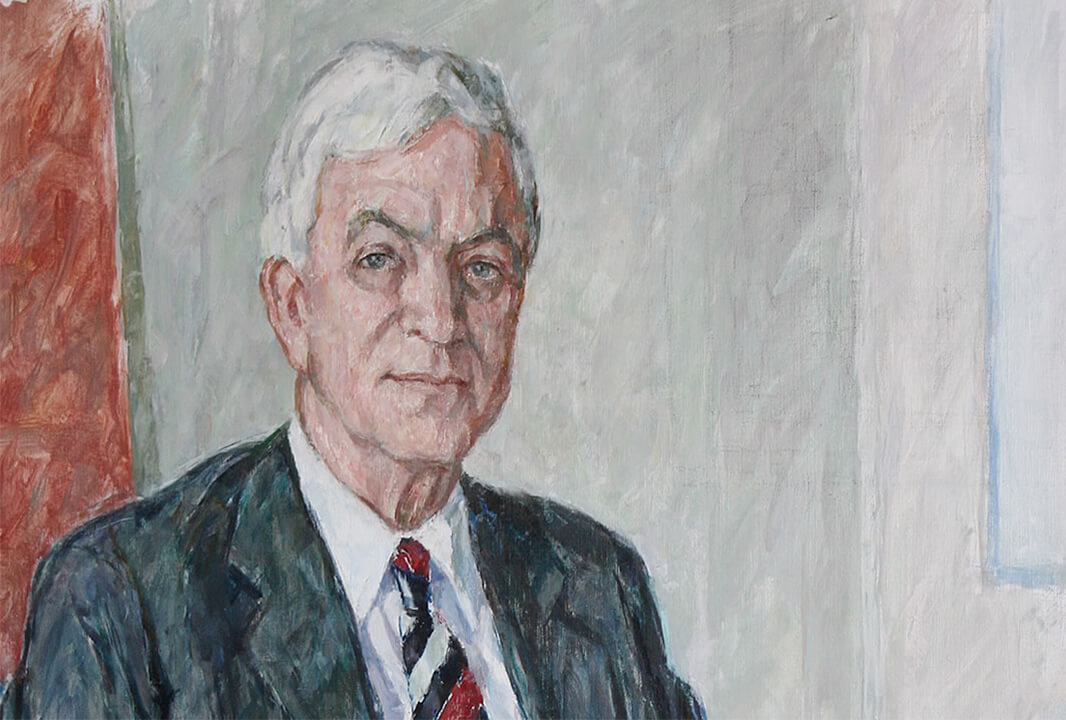
Wilhelm Ekman is appointed MD of Uddeholm, a post he will hold for 19 years until 1975. Today Ekman is seen by many as the last traditional works managing director in Sweden, heading a conglomerate with five organisational branches: Steel, Forest (including agriculture), Chemistry (including paper and pulp), Power and Mines. At its peak Uddeholm had more than 12000 employees in Värmland during the Ekman period.
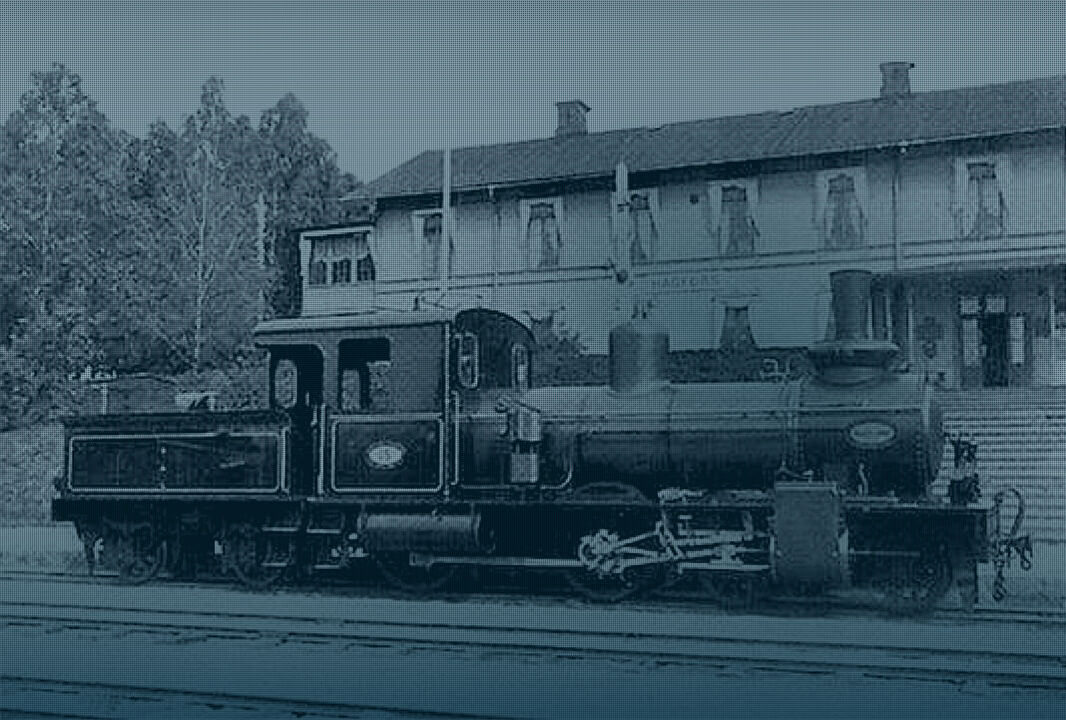
On the first of November passenger traffic ceases on NKIJ-banan. Afterwards the railway is only used for goods transport until 1 October 1990 when the Hagfors – Deje line was closed. Today, the old NKIJ-banan is a tarmacked and 100% car-free cycle path stretching 100 km between Hagfors and Karlstad.
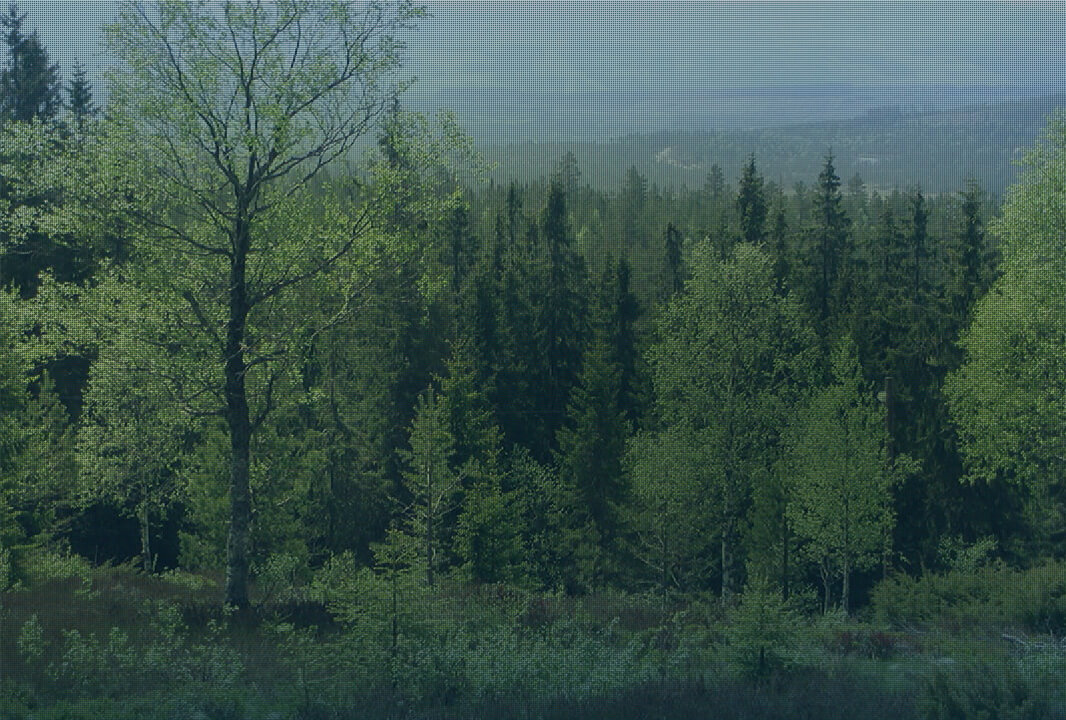
Uddeholm’s forestry operations merge with Billerud into a joint Billerud-Uddeholm AB. In the mid-80s this company was sold to Stora to form today’s Stora Enso.
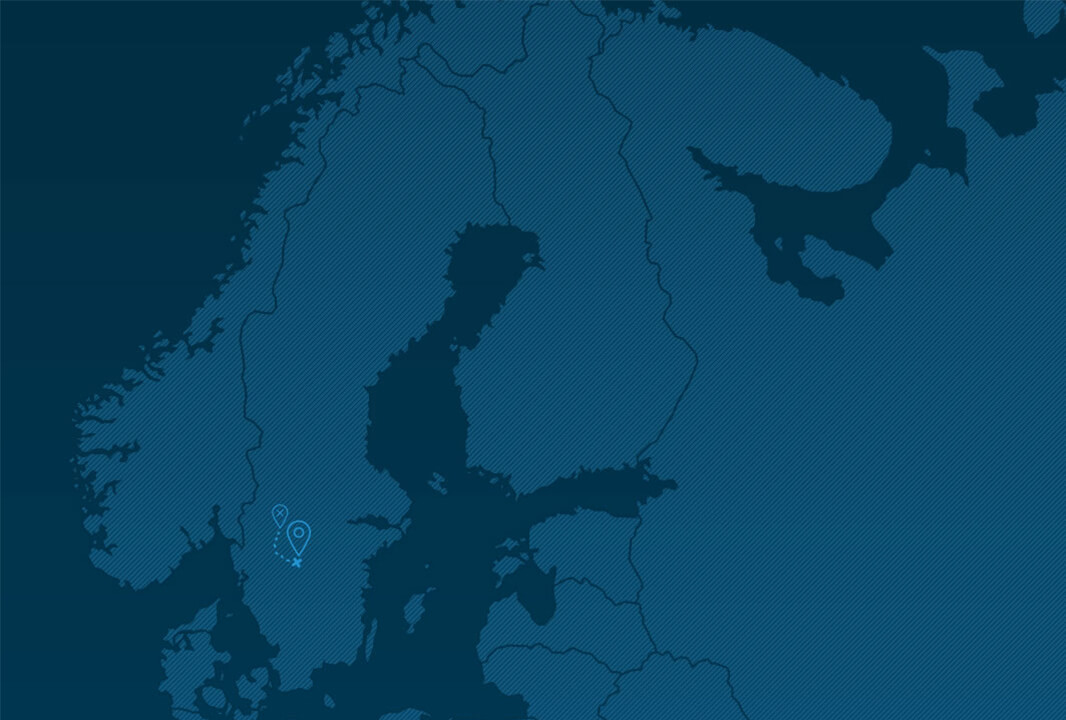
The Group’s central data processing resources were transferred into their own company together with Programator AB. The new company’s name was AB Värmlandsdata, often cited as the key factor in the development of today’s IT cluster in Värmland.
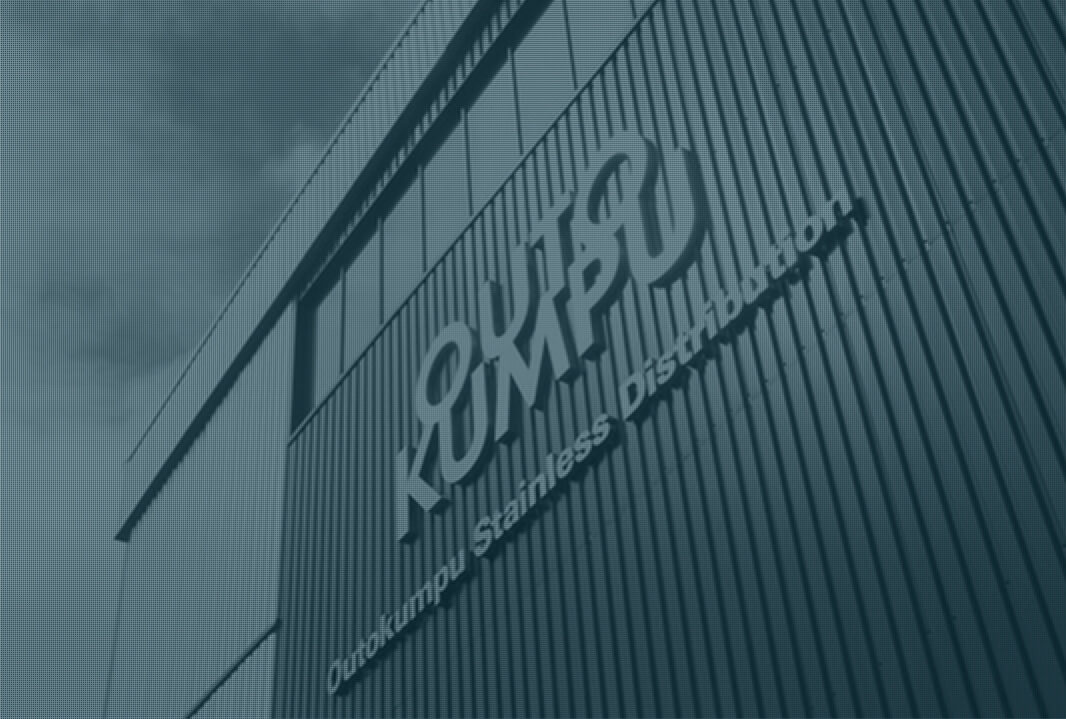
The stainless steel operations in Nyby Uddeholm are sold to Avesta AB, now Outokumpu.
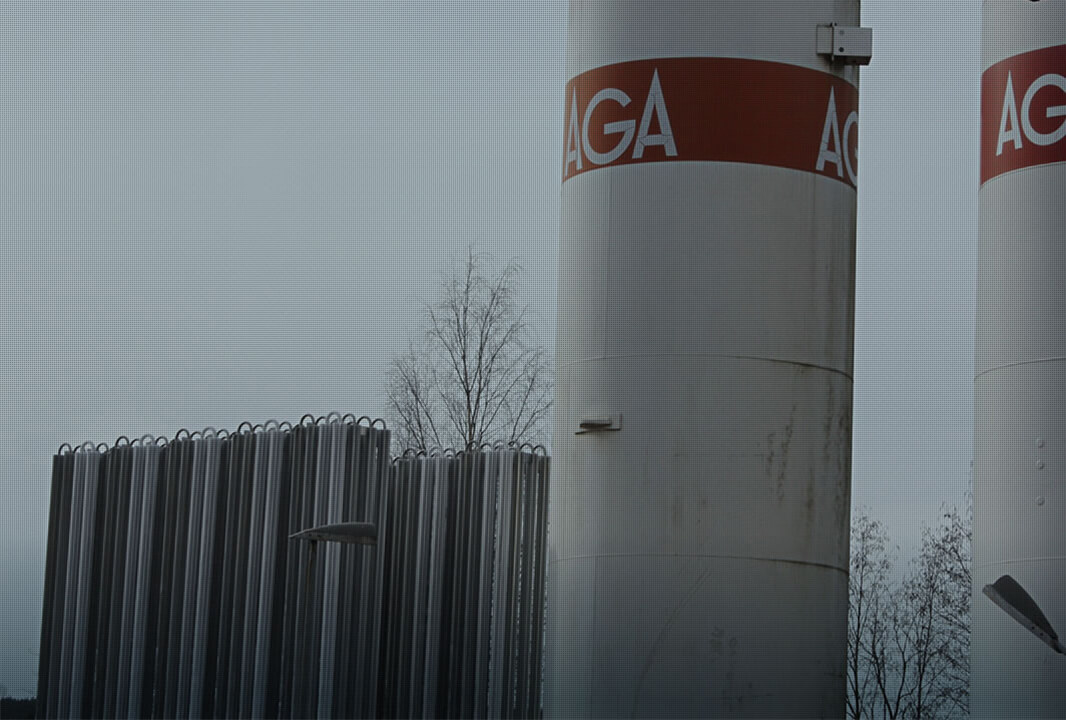
The owners AGA AB sell Uddeholm’s remaining steel operations, primarily tool steel in Hagfors, to Trustor AB while the power station operations are retained in Värmlandsenergi AB (changing its name to Uddeholm Kraft AB), which later becomes a part of today’s Fortum.
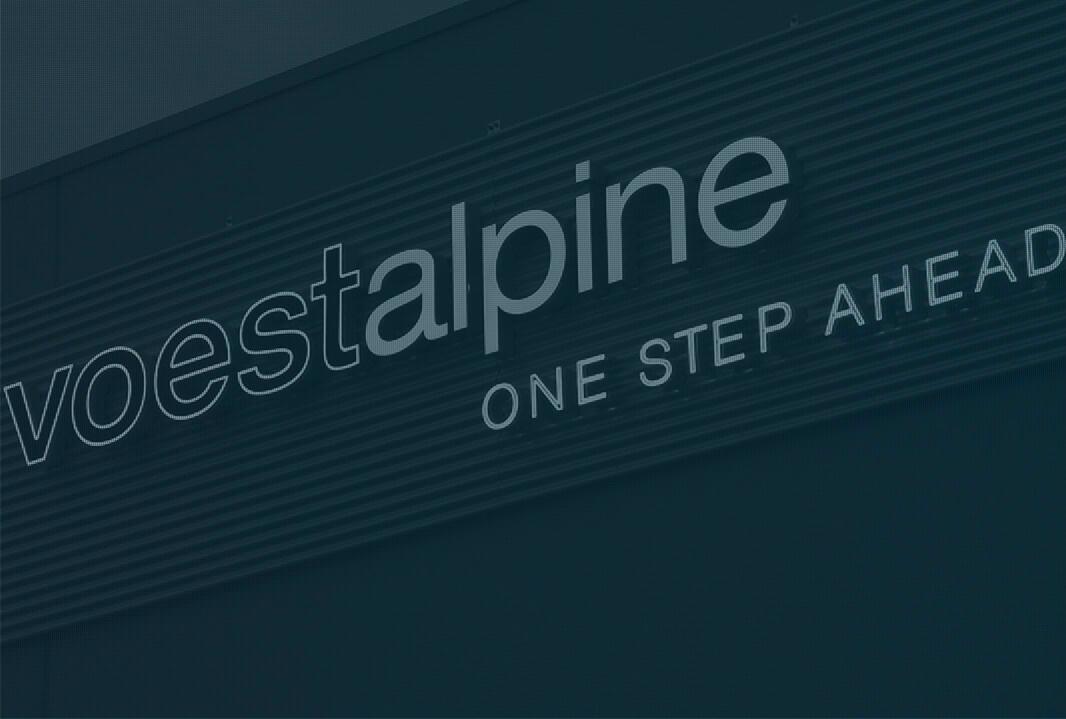
Trustor opens talks with Austrian company Voestalpine Stahl AG about a merger between Uddeholm and their subsidiary Böhler.

The companies merge and form the joint company Böhler-Uddeholm AG. All that is left of the former conglomerate Uddeholm is tool steel in Hagfors and the cold-rolled belts in Munkfors.
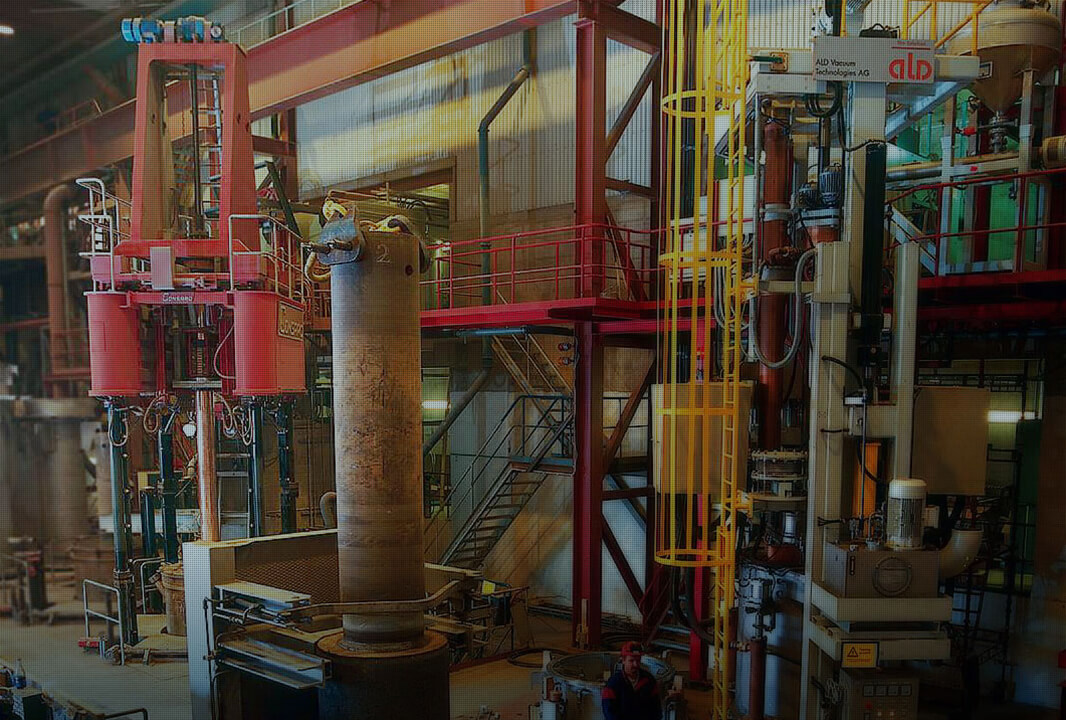
Uddeholm invest more than 100 million SEK in a new Electro Slag Remelting (ESR) facility.

Between 2002-2008 Uddeholm was naming the partner to the Swedish Rally, the largest motor sport event in Sweden. The “Uddeholms Swedish Rally” was part of the World Rally Championship and the only race that was driven in winter conditions. The Swedish Rally has been held for decades in the forests of Värmland and it was with great pride and involvement that Uddeholm participated. As the major service base of the competitionis based in Hagfors many employees worked as vonlunteers to keep the whole event running.
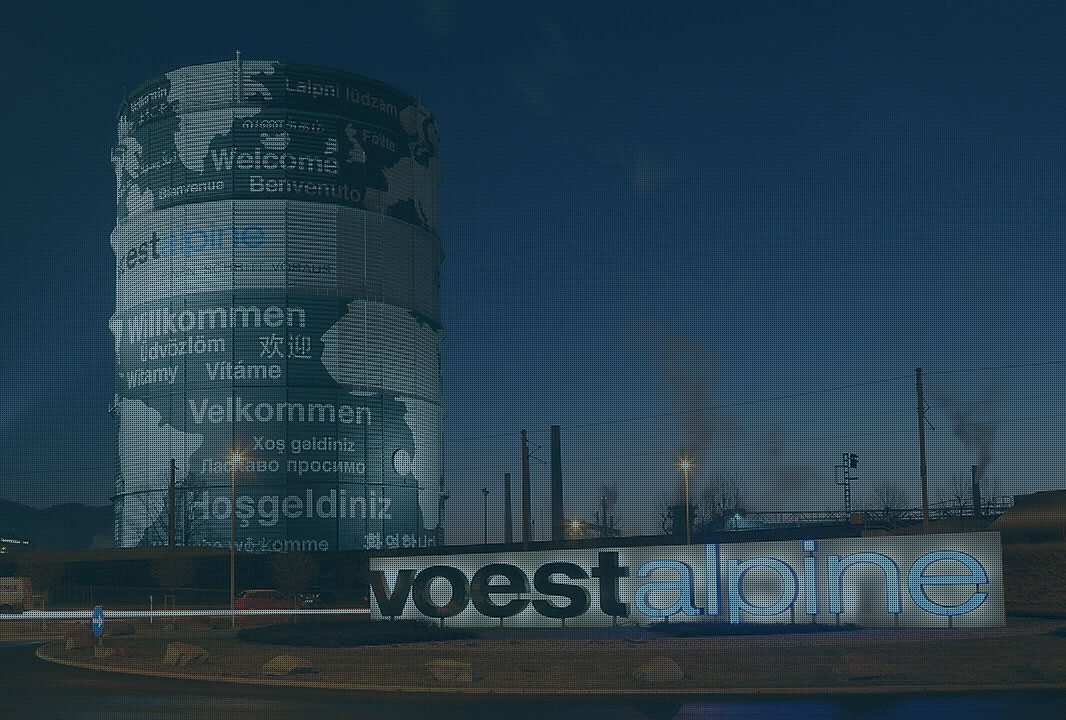
The Austrian steel group voestalpine AG makes a bid for the whole of Böhler-Uddeholm AG which later forms a completely new fifth division – Special Steel – in voestalpine.
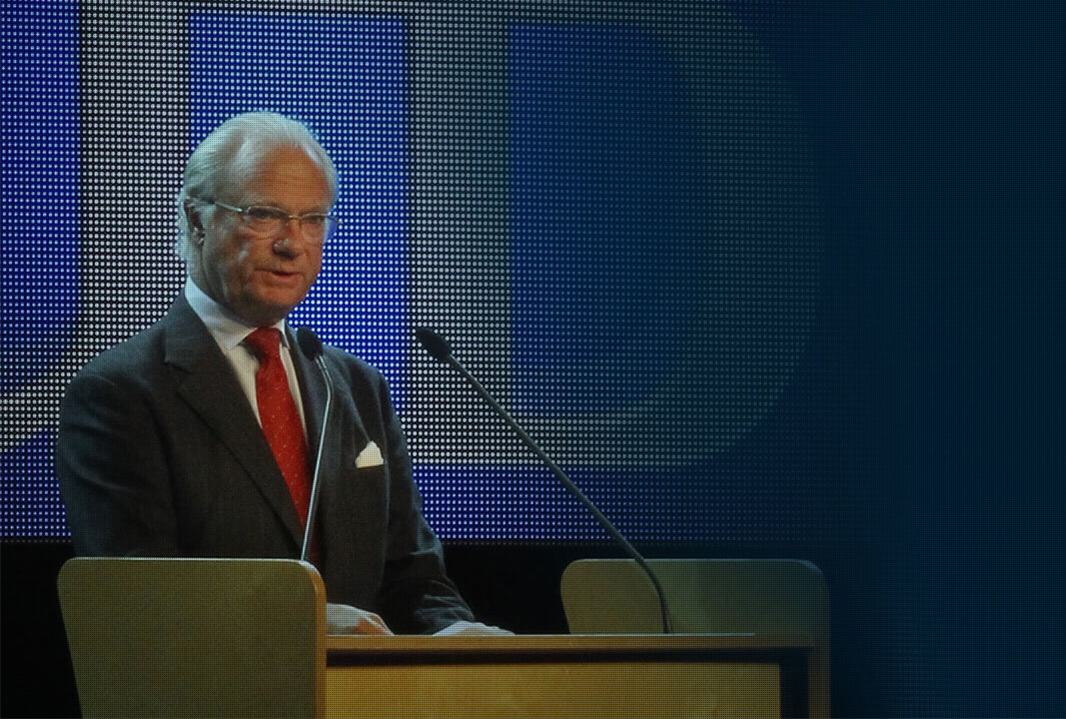
After two years of careful planning and hard work a second forging press is inaugurated by King Karl XIV Gustav of Sweden.
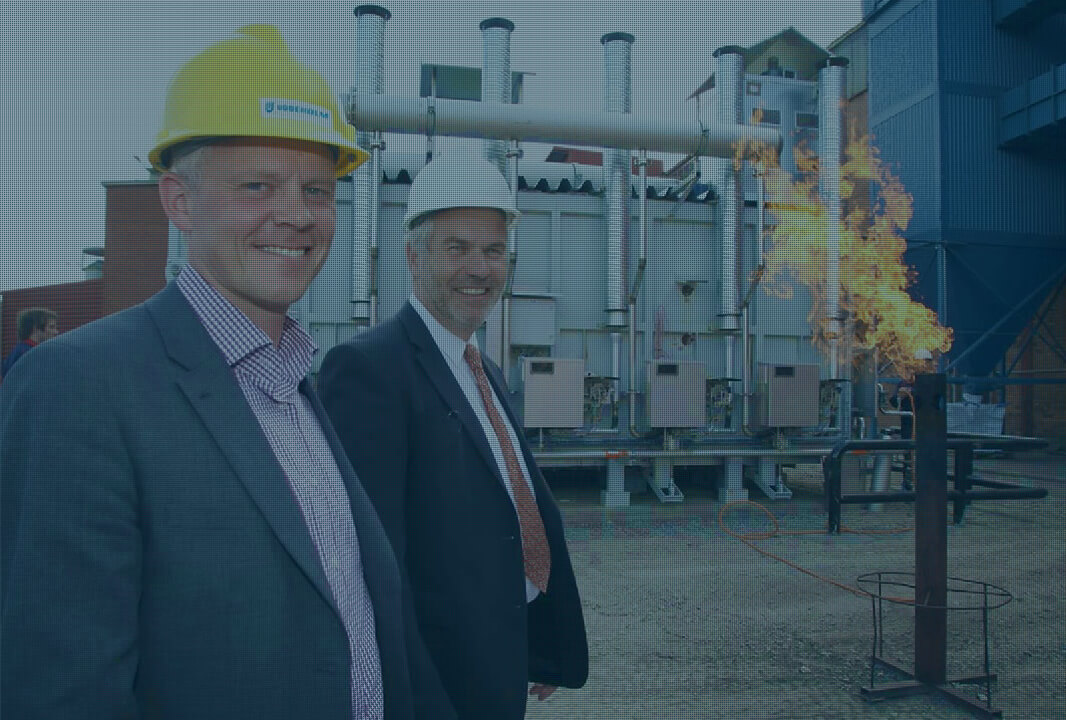
Uddeholm takes yet another step towards being one of the most environment friendly producers by switching to LNG.